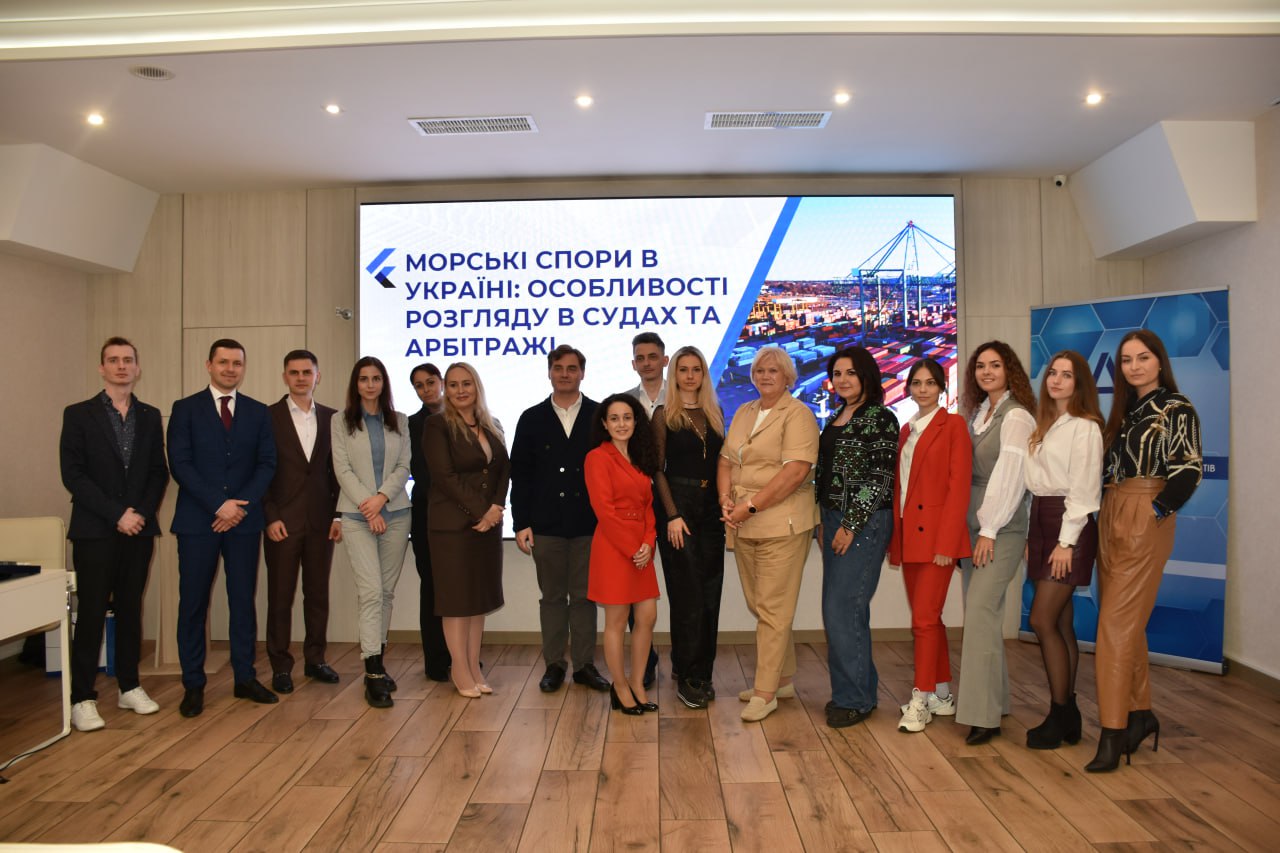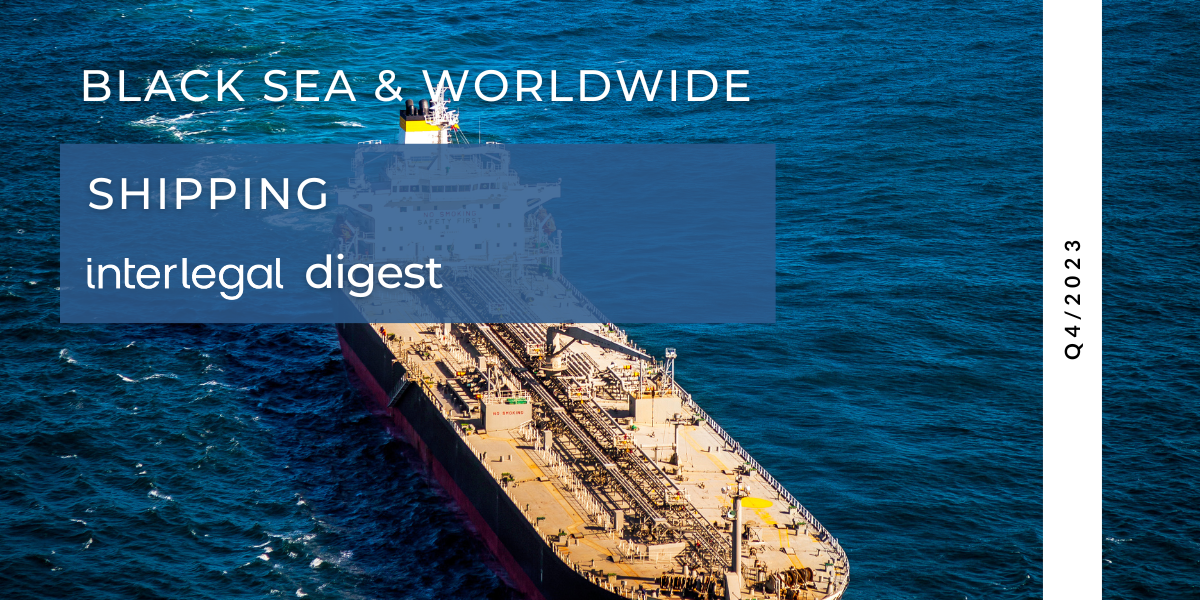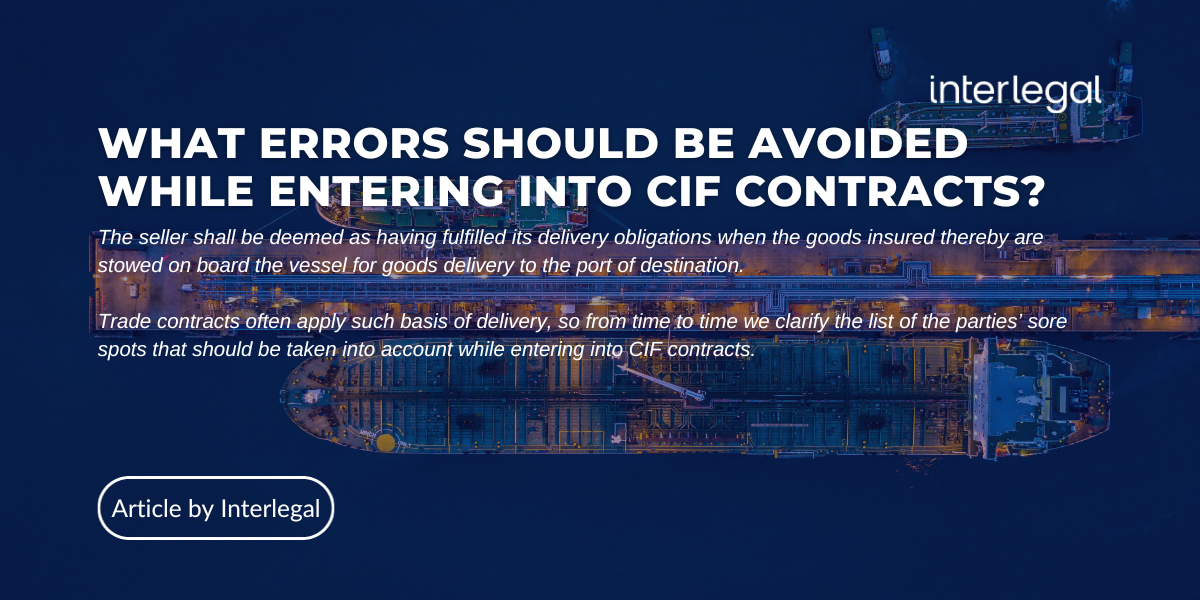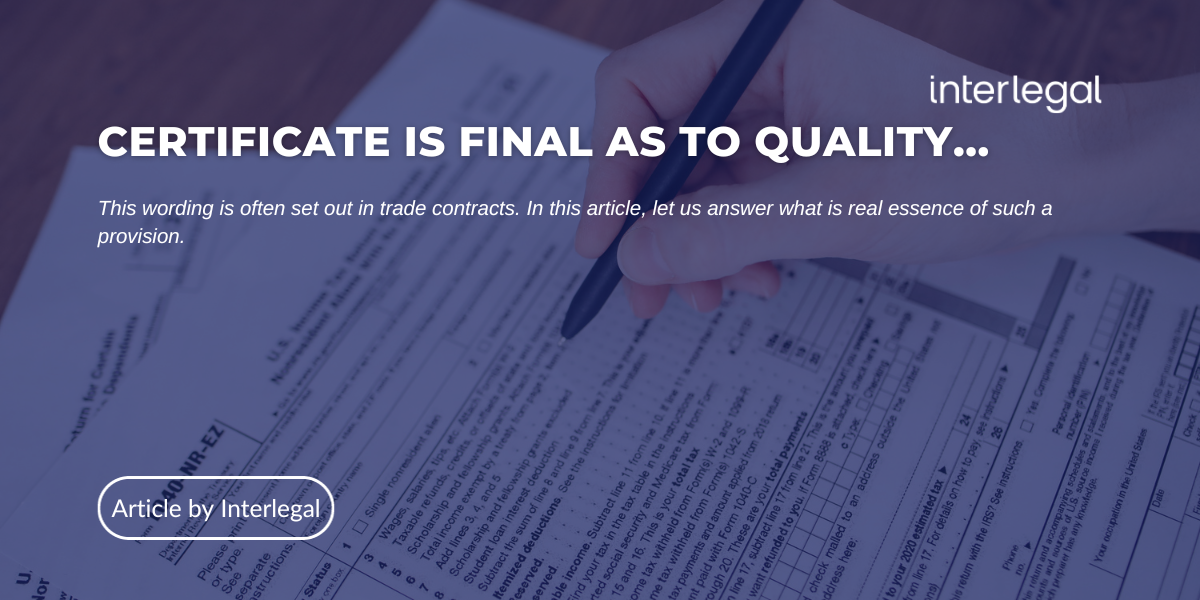Up to date Global Challenges
18 December, 2012
5
Аt the newest stage of Ukraine’s formation as a sovereign European state the factor of its formation as a maritime power becomes most significant. This is stipulated by several trends both of a global and local feature. We may emphasize the following among global trends:
1)Formation of new world sea trade routes, in particular, intensification between the economies of the Asian-Pacific Region and developed economies (between China and EU countries), between economies which are actively developing (China — Latin America) and between Africa and China.
2)Increase in percentage of containerized shipping, which resulted in an increase of container fleet tonnage. For example, the percentage of container tonnage has risen eight fold since 1980.
3)Creation of new ship-building centers. In 2009 over 90% of vessels were built in three Asian countries, namely in the Republic of Korea (37.3% of tonnage), China (28.6%) and Japan (24.6%).
4) Regionalization of international economic activity and formation of new international economic and political integrations (for example, the Customs Union of Russia, Belarus and Kazakhstan) which try to conduct joint customs and tariff policy. As a result, the significance of regional transport complexes, inter-modal transportation, international transport corridors and internal waterways in cargo transit is on the increase.
5) Growth in competition between Black Sea and Sea of Azov states is stipulated not only by economic but also by political factors. The port service market evidences that the largest part of 445.8 millions of tons of cargo volume being shipped by 96 terminals in the Black Sea and Sea of Azov regions are made up of Russian port complexes, 172.8 million tons (38.8%) followed by Ukrainian port terminals (34.9%), terminals in Romania (10.3%), Bulgaria (6.1%), Georgia (5.0%) and Turkey (5.0%). The shipment volume in Moldova remains small.
In the framework of the global trends stated above the up-to-date state of the maritime sector of Ukraine is characterized by the following features:
1. As compared to the total growth of world fleet tonnage, the fleet under the flag of Ukraine has fallen strongly. As of 1 January 1993, the total deadweight of the Commercial Fleet of Ukraine came to 6,177,000 tons (taking into account vessels with a capacity of 100 and more registered tons) and the share of the Ukrainian fleet in the world commercial fleet made up 0.9% (25th among the largest sea countries of the world), whereas as of 1 January 2010 the fleet’s deadweight came to only 904,000 tons (a decrease of more than 5.8 times), and Ukraine ranked only 72nd.
In the Russian Federation the Federal Law on Making Amendments in Separate Acts of Legislation of the Russian Federation concerning Creation of the Russian International Register of Vessels No.l68-F3 was adopted (signed by the President of the Russian Federation on 20 December 2005), which states that the ship-owner is released from four kinds of taxes and fees. Both the Republic of Moldova and Georgia chose a similar way.
2. At the beginning of the 1990s there was a powerful production base for ship-building in Ukraine: 25 field research institutes, 7 plants which produced ship engines and other ship building equipment, 11 ship building plants, 11 enterprises producing ship instruments. Today, the number of ship-building enterprises is down to 7.
3. The large potential of the marine economic complex in Ukraine is represented by 20 commercial sea ports. The basic part of cargo transshipment is performed through commercial sea ports included in the system of the Ministry of Infrastructure (former Ministry of Transport and Communication). At the same time, their percentage of the total cargo transshipment volume fell from 81% in 2003 to 70% three years ago. The consequences of crises have influenced the private sector more than the public sector. The recession in the private sector was about 4.5% when in the public sector it was about 1.9% in 2011. The main problem that sea ports are facing now is the threat of the possible loss of cargo flow. High competition on the port service market has given the current international division of labor needs the constant support of the fixed capital of commercial sea ports at the corresponding technical and economic level. The cargo base of Ukrainian sea ports remains unstable, as it depends on world demand for export-oriented fields and transit cargos.
4. Ukraine preserved the system of seafarer training and retraining, marine traditions developed over decades. According to the International Convention on Standards of Training, Certification and Watch keeping for Seafarers (STCW), today there are 11 educational institutions for seafarer training. In 2010 over 6,500 students received a higher education with diplomas of ship officers. In 2012 the number of graduates at maritime educational institutions reached 7,000. All in all 27,000 students are receiving an education in Ukrainian maritime educational institutions. Ukraine has signed the Memoranda of acceptance of seafarers’ diploma (certificates) with 53 states — members of the IMO in accordance, with rule 1/10 of STCW. EMSA supervises Ukrainian seafarers’ training and certification system and approves its correspondence with the requirements of Directive 2008/106/EC of the European Parliament and of the Council on the minimum level of training of seafarers// Official Journal of the European Union.— No. L323. — 3.12.2008. — P. 33-61. Due to the absence of a domestic fleet most graduates of marine institutes in Ukraine have to search for a job on vessels flying under foreign flags. At the same time, the item of social security of seafarers remains a serious problem. Experts believe that there are between 38,000 and 75,500 seafarers in Ukraine working under the flag of other countries.
5. The state has recently adopted several resolutions aimed at developing the marine branch: the Resolution of the National Security and Defense Council of Ukraine on Taking Measures on Ukraine Development as a Maritime State dated 16 May 2008, the Sea Port Development Strategy for the period until 2015 and other documents, in particular, the On Sea Ports of Ukraine Act of Ukraine of 17 May 2012.
6. In the 21 years of its independence Ukraine has faced constant changes in the status of the central executive bodies which regulate the marine industry. At present most sea economic enterprises belong to the system of the Ukrainian Ministry of Infrastructure. Other sectors of the marine industry are regulated by the following ministries: Ministry of Agricultural Policy and Food Supply (fish industry complex), Ministry of Economic Development and Trade (ship— building and ship repair), Ministry of Defence (naval activity), Ministry of Ecology and Nature Resources (scientific research in marine industry, control of pollution in Black Sea), Ministry of Energy and Coal Industry (Black Sea and Sea of Azov shelf development), Ministry of Education, Science, Youth and Sport (personnel training), Ministry of Regional Development, Building, Housing and Utilities (maritime region development).
Conclusions
Despite significant losses the domestic marine industry preserved its potential, which may become the basis for activating growth of the national economy.
Ukraine’s position as a maritime power requires both following global trends in world sea trade and trends in Black Sea and Sea of Azov regions.
The need for developing the domestic sea economic complex is dictated by the high profitability of the transport service market due to world-recognized competitive advantages of water transportation (ecological compatibility, low price, investment attractiveness, etc).
But the legal framework which regulates the marine industry remains imperfect. In particular, most of the items on its functioning in Ukraine are still regulated by subordinate acts.
There is not a sufficiently high level of marine activity management by several central executive bodies without a sufficient level of coordination both with each other and with local executive bodies of maritime regions.

























































